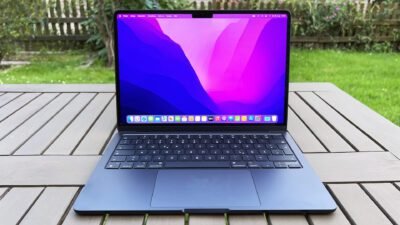Apple: iPhone Sales Revenue Exceeded Forecasts

The expectations of Apple’s business were not particularly high at the beginning of the year – but in the end, things went much better than expected. Mainly because the company was able to sell more iPhones than expected.
The second quarter of the current fiscal year was “better than we expected,” commented CEO Tim Cook. Overall, revenue was 94.8 billion dollars, 3 percent lower than in the previous year. Industry observers had expected, however, at best 93 billion dollars. And although net profit fell from $25 billion to $24.2 billion, it was also significantly higher than expected.
Especially the iPhone business, which accounts for the largest share of Apple’s sales turns out to be much better. In the run-up to this, only revenue of 48.8 billion dollars was forecast, but the balance sheets now stood at 51.3 billion dollars. The company has therefore succeeded in increasing sales volumes despite the difficult market environment. However, Apple does not make public exactly how many devices are sold.

A second stabilizer is the services area. Apple has been working for some time to become more independent from the volatile hardware sales and to open up the large install base as a better source of income. With a turnover of 21 billion dollars, a new record was reached here.
Macs and iPads sold moderately
Things are not going so well with Macs at the moment. Here the company has to bow to the general market development: the entire sale of desktop PCs and notebooks is in decline. And it’s also harder to sell iPads than it was a while ago – which is also in line with expectations.
“We are pleased to report new service records and iPhone records for the March quarter, and our installed base of active devices to reach a new all-time high, despite the challenging macro environment,” said Cook. “We continue to invest for the long term and are guided by our values, among other things, we are making great strides towards climate-neutral products and supply chains by 2030.”
Digital marketing enthusiast and industry professional in Digital technologies, Technology News, Mobile phones, software, gadgets with vast experience in the tech industry, I have a keen interest in technology, News breaking.









